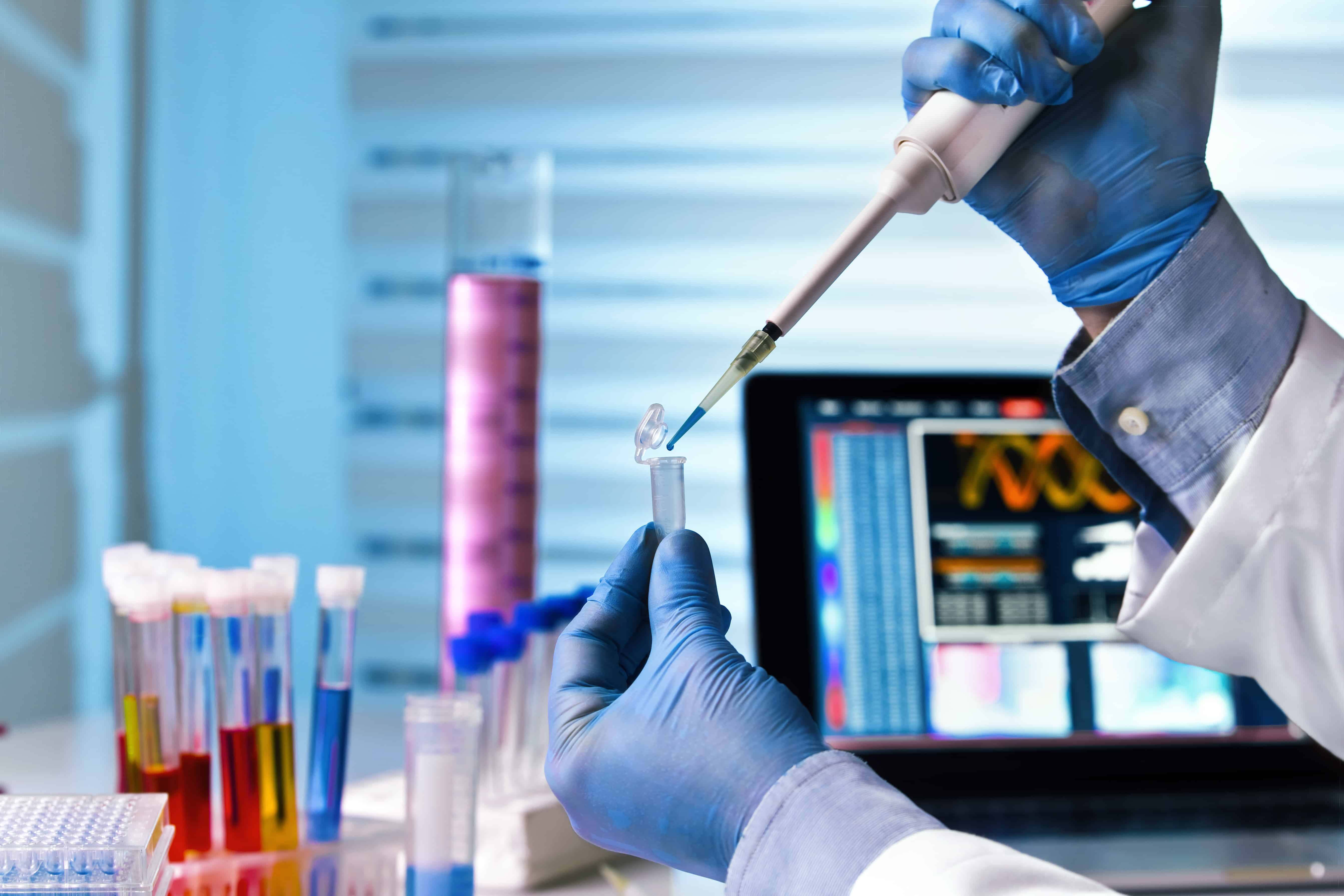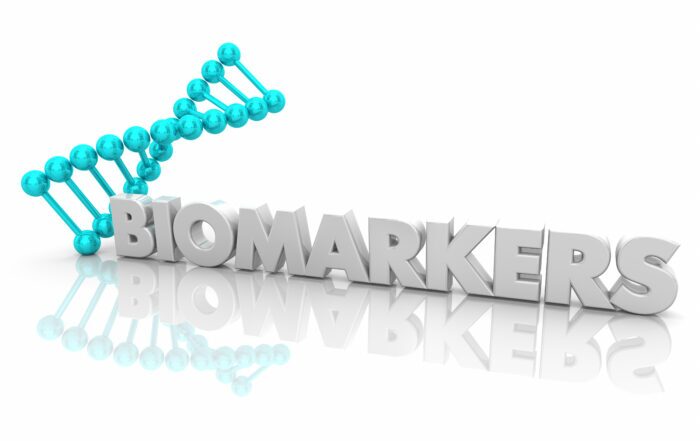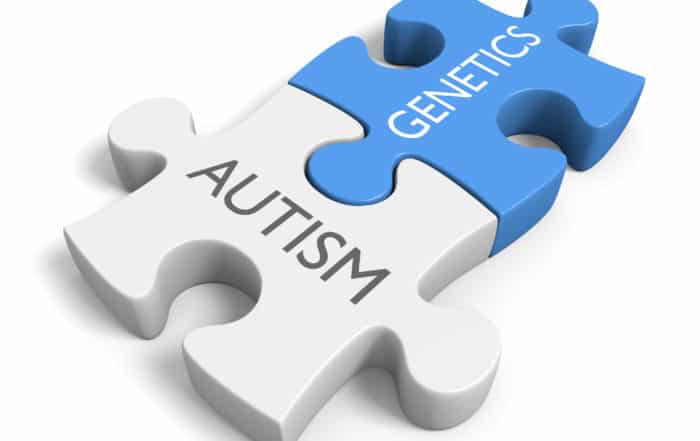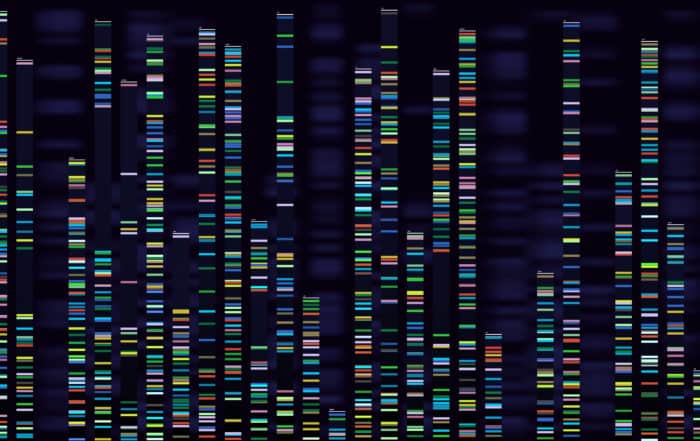 The word “genetics” tends to spark different reactions by parents and professionals within the autism community, ranging from interest to indifference or even annoyance. These days the media seems to report a new “autism gene” on almost a monthly basis. However, after careful reading of most of these articles, the newly reported autism genes usually explain only a small percentage of individuals having autism. In this editorial I would like to briefly discuss why studying genetic aspects of autism is relevant. I also would like to discuss what I believe are some commonly stated but simplistic generalizations regarding genetic aspects of autism.
The word “genetics” tends to spark different reactions by parents and professionals within the autism community, ranging from interest to indifference or even annoyance. These days the media seems to report a new “autism gene” on almost a monthly basis. However, after careful reading of most of these articles, the newly reported autism genes usually explain only a small percentage of individuals having autism. In this editorial I would like to briefly discuss why studying genetic aspects of autism is relevant. I also would like to discuss what I believe are some commonly stated but simplistic generalizations regarding genetic aspects of autism.

Basic Findings in Genetics
First, let me say at the outset that there is no doubt that genetic factors play a role in causation and in the pathogenesis of autism. There are multiple lines of evidence that support this.
A variety of different types of family studies have evaluated the likelihood of a second person within a kin group having autism. These studies vary in terms of the number of participants who have been evaluated, the familial distance between the individuals in question (e.g., siblings, child-parent, first cousins, etc.), how the participants were selected for inclusion in the study, and still other parameters.
One of the most common forms of family studies in autism is a twin study, in which the concordance of monozygotic (i.e., identical) twins having autism is compared to the concordance of dizygotic (i.e., non-identical) twins having autism. The potential value of this type of analysis is that it offers a means to differentiate between genetic and non-genetic impacts on autism causation since MZ twins are (mostly) genetically identical whereas DZ twins share half their genes; consequently, if a significantly greater concordance in phenotype is noted in MZ compared to DZ twins, then a genetic underpinning of the phenotype is strongly implicated. Overall, twin studies have shown a high degree of heritability of autism, with more recent studies indicating a much higher contribution from non-genetic factors than was previously thought; data across all these studies show that genetic factors account for 38-90% of the phenotypic variance. This type of work, however, does not provide insights into the number of genes or their identities.
Other epidemiological studies indicate that the likelihood of having a child with autism increases with the proportion of genes that the child has in common with an affected individual in the kindred group. So, the recurrence risk statistic for a full sibling is greater than that for a half-sibling which, in turn, is greater than that for a cousin. In one recent large study of this sort, the heritability of autism was estimated to be about 50%, consistent with the importance of both genetic and non-genetic factors in autism causation.
Clinical evaluation of individuals and of cohorts of individuals with autism has also provided a different type of (strong) evidence that genetic factors underlie some forms of autism. Here, too, study designs vary but clinical evaluation using tools such as chromosomal microarray analysis, candidate gene analysis, and whole exome or whole genome sequencing have revealed strong associations between various genetic syndromes that, in turn, have a propensity for an association with autism. Some cytogenetic examples include trisomy 21 (Down syndrome) and deletions of chromosome 15q11-q13, chromosome 16p11.2, and chromosome 22q13. Some monogenic (single gene) conditions associated with autism include Fragile X syndrome, tuberous sclerosis, neurofibromatosis, and mutations of the CHD8, ARID1B, SHANK3 and SCN1A genes.
More than a hundred single-gene causes of autism are now described, most of which are uncommon or frankly rare. Numerous chromosomal etiologies are also known, some of which are gross chromosomal abnormalities that are readily observable by conventional light microscopy, but many of which are submicroscopic and require higher resolution techniques for their detection, such as chromosomal copy number deletion or duplication variants. For both single-gene and chromosomal etiologies, both inherited and de novo (or newly occurring) mutations are described. It is also now apparent that there are probably hundreds of genes that when mutated can cause a very small increase in the likelihood of an autistic phenotype, although the identities of these genes are not currently known. Depending on the population of individuals with autism who are evaluated and the specific investigations that are carried out, evaluations of known autism genes and of cytogenetic anomalies disclose the etiological basis or a major contributory factor in the etiology of autism in about 10-30% of cases, with higher diagnostic yields noted when newer diagnostic tools such as chromosomal microarray analysis and whole exome or whole genome sequencing are used.
Much more needs to be learned regarding each of these types of genetic factors that are associated with autism. But we already know, as suggested by the above discussion, that the genetic architecture of autism is complex. It can be misleading, then, when the press talks about genetic causes of autism as if there is a single type of genetic cause. There are multiple types of genetic underpinnings of autism, some of which are due to the mutation of a single gene, others to variant forms of many genes with each having small contributions, and still others to any of a variety of chromosomal abnormalities. And for each of these modes of genetic involvement there is the potential for environmental factors to be contributory to the pathogenesis to varying degrees.
Predetermination
In discussing genetic dimensions of autism, the media also not uncommonly associate the notion of “genetic” with “predetermined.” This, too, is an oversimplification in several regards. First, the clinical course of many genetic conditions can be altered, especially if diagnosed early, by an appropriate clinical intervention. Few examples of genetically mediated forms of autism that dramatically respond to medical intervention are currently known. Persons with untreated phenylketonuria develop severe intellectual disability and, sometimes, autism; they can have normal lives with normal cognition and behavior if a phenylalanine-restricted diet is instituted very early in life. PKU, then, is an example of a medically treatable genetic form of autism; the abnormal genotype for PKU is not definitively determinative of an autistic condition as it can be prevented by modification of the diet. Early implementation of appropriate behavioral and educational interventions is thought to be very helpful in many instances, although data on such approaches to therapy with respect to many genetically delineated forms of autism are limited. Second, and as noted above, it is clear that there must be forms of autism that have both genetic and non-genetic determinants. In such cases it is likely that in some cases the genetic factors by themselves would be insufficient to alone be determinative of an autistic phenotype. This, then, holds the promise that the recognition and modification of the non-genetic factors might mitigate or even prevent the development of the autism.
The Role of the Environment
In spite of the enormous complexity of the genetic aspects of autism, I believe that it is worthwhile to further investigate the genetic dimensions of autism, alongside investigations of possible environmental factors and interactions between genetic and non-genetic factors. The determination of a genetic diagnosis in an individual with autism can have several possible benefits for that individual and his or her family. Some of the possible benefits include: (1) putting an end to the (sometimes long, frustrating, and expensive) diagnostic odyssey; (2) initiating therapy earlier, both medical and non-medical; (3) enabling a more accurate discussion of the natural history of the condition with possible anticipation (and, hopefully, mitigation) of later sequelae, especially if it is a form of syndromic autism; and (4) enabling more accurate reproductive recurrence risk information for those who desire this information.
Studies of the genetic aspects of autism also have a less immediate benefit but one which is arguably the most important: the provision of a deeper understanding of the underlying pathogenesis of autism. Using the genetic information gleaned from the types of studies noted above, many scholars in the field currently believe that the multitude of described genetic lesions converge into a relatively small number of biochemical pathways, any of which when perturbed might result in a form of autism. Animal models exist or can be developed for many of the known genetic associations and for other steps in these pathways and this, in turn, can be helpful for furthering the understanding of the pathogenesis of autism and in investigating possible medical treatments. So, while genetics is not the “be–all and end–all” of autism medicine and research, understanding genetic factors will undoubtedly be one of many useful approaches in coming to a deeper understanding of this important family of disorders.
Stephen M. Edelson, Ph.D.
Executive Director, Autism Research Institute
This editorial appeaed in the Autism Research Review International, Vol. 29, No. 3, 2015
Biomarkers start telling us a story: Autism pathophysiology revisited
Learn about emerging research on biomarkers and autism from a recent ARI Research Grant recipient. This is a joint presentation with the World Autism Organisation. The presentation by Dr.
The Low-Hanging Fruit: Exploring Monogenic Syndromes with Elevated Rates of Autism
Learn research updates on how genes associated with autism are functioning in the brain and how changes in these genes are linked to characteristics of autism and other conditions.
Prenatal exposure to cannabis may increase likelihood of autism
Cannabis use during pregnancy may alter placental and fetal DNA methylation (the process of turning genes “on” and “off”) in ways that increase the likelihood of autism spectrum disorder (ASD) or
Behavioral and Brain Signatures of Autism in Females
Kaustubh Supekar, Ph.D., examines recent findings about gender/sex differences in autism phenotypes and brain organization. He highlights the underrepresentation of females in autism and underscores the need for a large-scale science approach. The
Setting Priorities for Autism Research
Autism organizations, individuals with autism spectrum disorders (ASD), and parents have differing views on how best to proceed with autism research. However, nearly all of us can agree that the progress that
Alzheimer’s drug appears to benefit adult men with fragile X
A drug intended to help people with Alzheimer’s disease may also be beneficial for individuals with fragile X syndrome, according to a new study. Fragile X syndrome is the most common known







